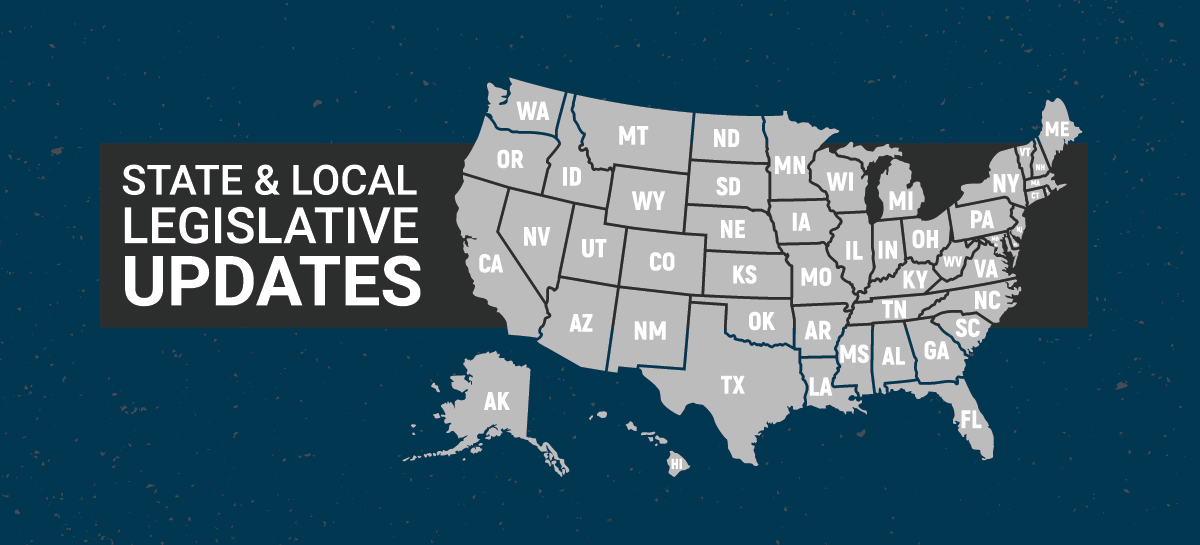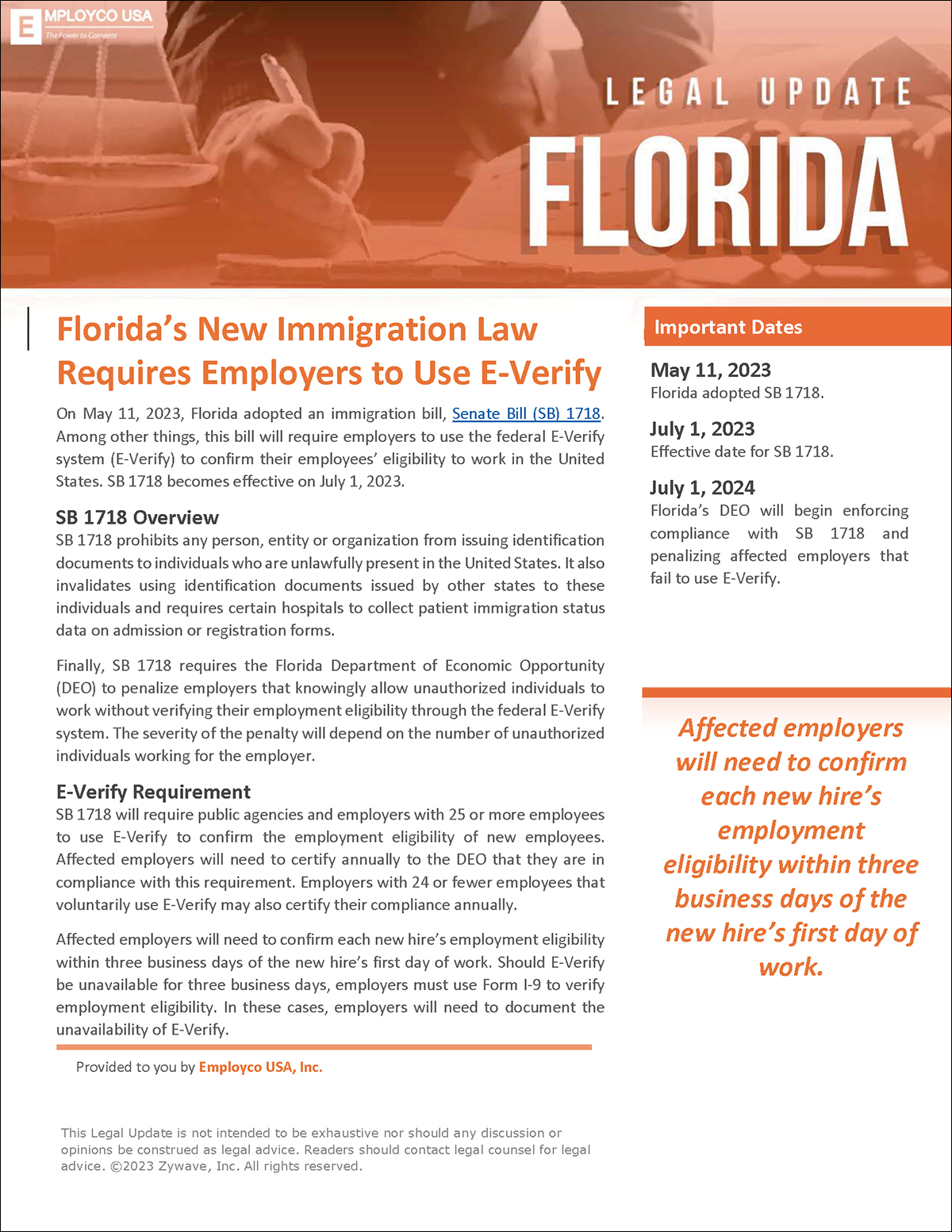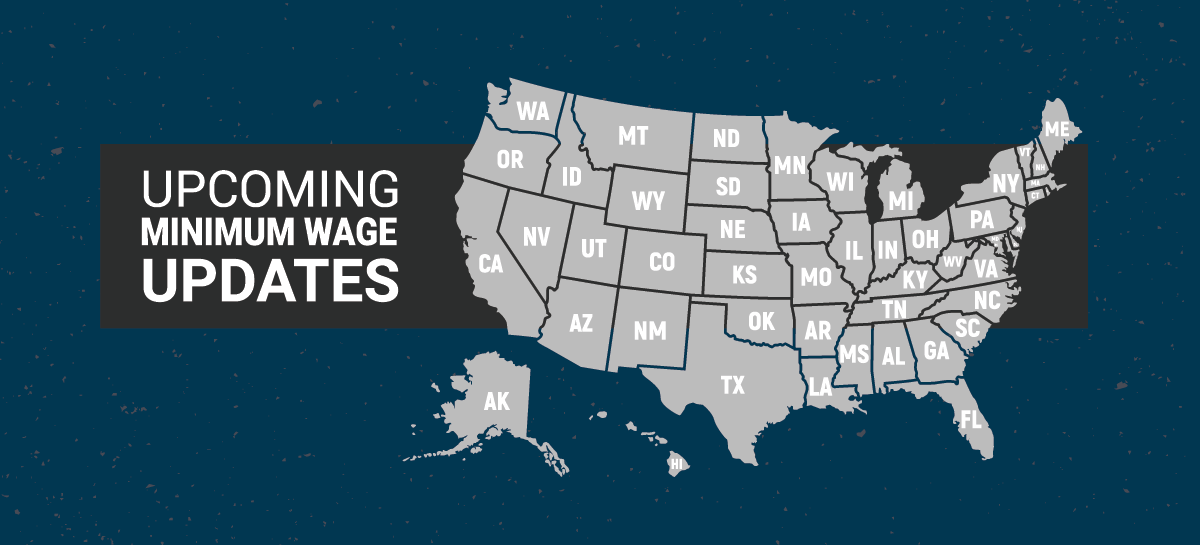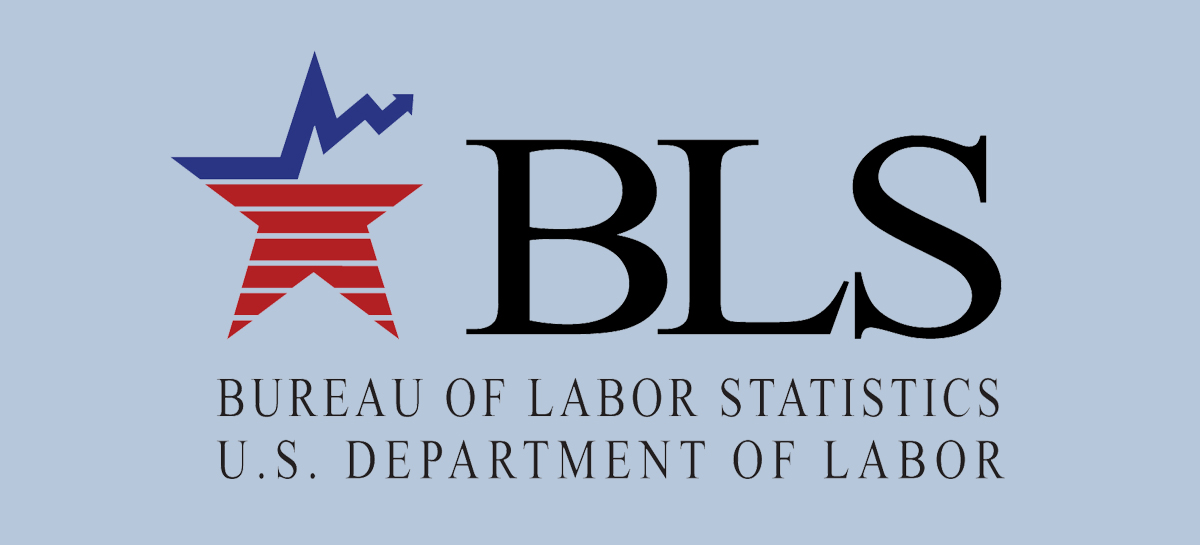
Virtual (remote) inspection of new hire identification documents for Form I-9 is ending July 31st. On May 4, 2023, the U.S. Department of Homeland Security (DHS) and the U.S. Immigration and Customs Enforcement (ICE) announced that employers have until Aug. 30, 2023, to complete physical inspection of identity and employment eligibility documents (e.g., passport, driver’s license, etc) for any employee whose Employment Eligibility Verification form (Form I-9) was completed virtually according to the temporary flexibilities extended during the COVID-19 pandemic.
Since March 2020, virtual inspections of identity and employment eligibility documents have been permitted in situations where all employees are working remotely due to COVID-19 or when a new employee is working remotely due to COVID-19 after April 1, 2021. The DHS and ICE announced in October 2022 that the flexibility provisions would end on July 31, 2023, but employers will now have one additional month to physically inspect identity and employment eligibility documents for employees hired on or after March 20, 2020, and who have received only a virtual or remote examination.
Continue reading →









